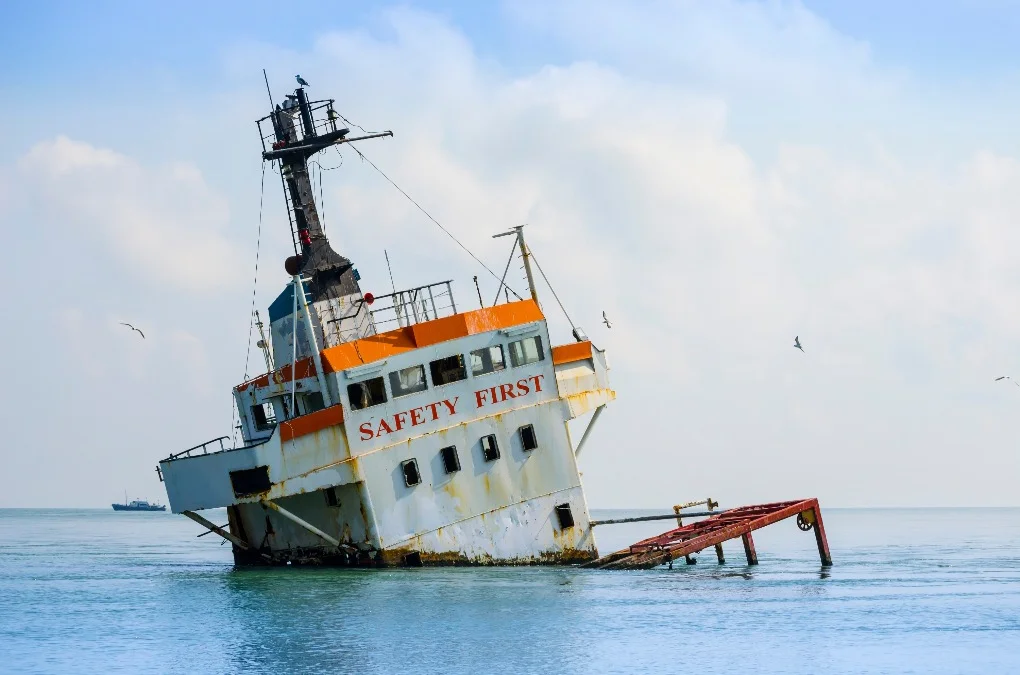A “perfect” anything is aspirational. Most things worth doing are difficult to do, more difficult to do well, and full of opportunities to improve next time. Commercial construction may be amongst the most challenging endeavors with technical, logistical, environmental and human challenges to overcome, every day and sometimes, all at once.
Today’s market conditions are as challenging as ever. Project designs are increasingly complex. Supply chain shortages and labor constraints make it difficult to lock in prices. These underlying conditions make it difficult for subcontractors or GCs to guarantee schedules. And then there is (still) the weather, and don’t get me started on pandemics…

A “perfect” project relies on accurate information, communicated clearly and executed reliably. These keys to success are not only individually important, there is a sequential and cumulative component. Inaccurate information is a problem even if it is clearly communicated and especially if it is reliably executed. To succeed, we have to get it right and keep getting it right. Which means we need systems that cause prior work to be validated and flagged for missing or conflicting information. Additionally, we need to foster a culture that values finding and correcting all mistakes quickly, regardless of who’s “job” that is.
Don’t get me wrong, quality assurance / quality control systems are already technically included in the contract, specifications and project protocols. Software is helping to maintain and triage the overwhelming amount of information and participants in today’s projects. Still, large projects notoriously rack up hundreds of RFIs, countless resubmittals and lots and lots of change orders.
Design-build, IPD and 3p delivery methods seek to avoid delays and reduce costs through integration of the design and construction responsibilities. Assigning and streamlining responsibility is a good first step but, no matter the contracting method, actually avoiding pitfalls is achieved through effective coordination and execution.
And we have to get this right, because when projects are delayed, everyone involved in the project loses.


Having been called in on multiple occasions to rescue projects that have gone astray, I have become intimately familiar with the root causes of many of these avoidable costs and delays. This experience has informed my pursuit of the “perfect project”, and hopefully you will join me as I share the best practices I have come to champion. So here is the plan…
First, let’s make sure we begin with the end in mind. I will detail a procedure to help prevent miscommunication that can lead to design errors and omissions while providing “guard rails” that can help avoid unnecessary “scope creep”.
Second, we will walk through a coordination and quality control framework to ensure that the requirements are not only included in the design documents but constructable without need for so many RFIs and the change orders that ensue.
Lastly, we will define strategies for preparing pricing documents to ensure that the requirements are obvious and accountable to the parties and trades involved.
The intended outcome is a project with a more accurate budget, a team with the bandwidth you need to keep the schedule and a business revenue pipeline that flows. Sound good? Stay tuned every Tuesday morning to follow (and hopefully share) this series.
Thanks…Chris



